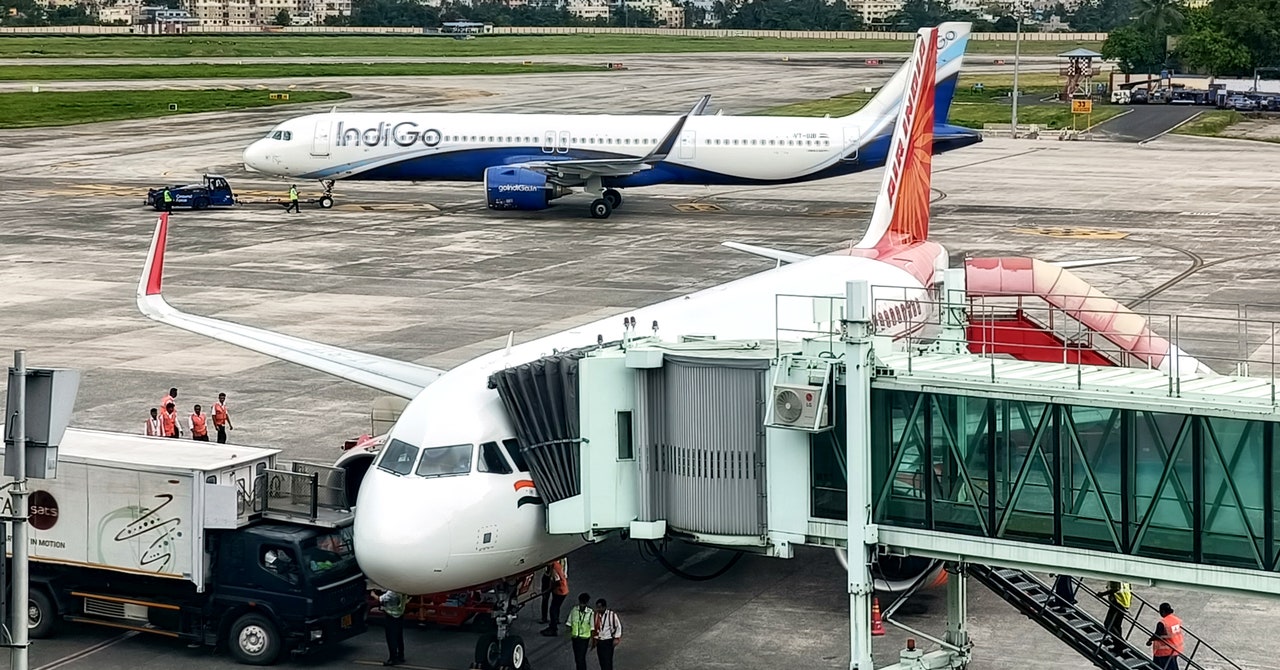
In Could 2023, Air India launched security administration software program known as Coruson, in addition to BAM (Boeing Alertness Mannequin), a fatigue-mitigation device built-in into its rostering system, which is utilized by airways to create and handle pilot schedules. Coruson, developed by cloud software program firm Ideagen, centralizes, analyzes, and studies on safety-related knowledge—equivalent to incidents, hazards, and threat assessments. BAM, developed collectively by Boeing and the software program firm Jeppesen, predicts and manages pilot fatigue by analyzing flight schedules and efficiency knowledge. These instruments had been designed to forestall the creation of fatiguing rosters and pairings, Air India CEO Campbell Wilson famous in an internal message to workers. The provider additionally launched two new digital instruments for its crew—the Pilot Sector Report app, to assist pilots simply submit data on flight efficiency, incidents, and observations post-flight; and DocuNet, a digital administration system that facilitates the storage, retrieval, and sharing of paperwork (equivalent to flight manuals, coaching information, and compliance paperwork).
Regardless of these measures, the airline was fined by the DGCA in March this yr for violating FDTL limits and fatigue administration guidelines. This Could, Air India Specific cabin workers called in sick en masse to protest in opposition to “mismanagement.” This adopted the same protest from the crew, principally pilots, at Vistara airways. Each Air India and Vistara are actually owned by one in every of India’s largest conglomerates, the Tata Group, which took over the previous from the Indian authorities in January 2022.
Twenty-five of those that known as in sick at Air India Specific had been terminated. Others had been reportedly served an ultimatum. These sacked had been later reinstated by the airline following an intervention by the chief labour commissioner. Almost per week earlier than, the regional labor commissioner of Delhi had allegedly written to the Tata group chairman pointing to “blatant violations of labour legal guidelines” and insisting the reliable issues of the cabin crew be appeared into. In keeping with CNBC, Vistara workers stated the agitation at their finish needed to do with latest wage updates, which mounted pilot pay at 40 flight hours—down from 70. Protesting first officers claimed that the brand new wage construction would lead to an virtually 57 % pay reduce. Beneath the brand new phrases they’d additionally should fly as much as 76 hours to earn what they had been beforehand incomes at 70 hours.
To placate the pilots and get them again to work, administration had assured them that salaries for the “extra working hours” can be credited as soon as Vistara was built-in with Air India. On the time, two Air India pilots unions had written to the chairman of the corporate, saying that such points weren’t remoted however systemic. Burnout was the opposite associated subject, with many pilots complaining of insufficient relaxation and being pushed to their limits.
Captain Singh, a former senior supervisor at AirAsia, tells WIRED that such results considerably enhance the danger of accidents, but in addition adversely have an effect on pilot well being in the long term. Tail swaps—dashing between various kinds of plane to take off instantly after disembarking from one other—have develop into extra prevalent underneath the 13-hour guidelines, and may additional contribute to exhaustion, as do hasty acclimatization and, most importantly, touchdown three, 4, or extra flights consecutively, which Captain Randhawa described as a “extreme power administration problem.”
Within the 2024 “Safety Culture Survey” carried out by Singh’s Security Issues Basis in July, 81 % of 530 respondents, primarily medium- to short-haul pilots, said that bufferless rosters contribute to their fatigue. As many as 84 % indicated issues with the pace and path of shift rotation. “That’s the issue with the brand new rostering softwares the operators are introducing,” a pilot from a personal airline, who requested anonymity, says. “They’re optimizers designed to make pilots work each second of their 13-hour schedule, leaving no respiratory room.” The buffer-deficient timetables push pilots to their limits, so any extra strain—like unpredictable climate—can simply overwhelm them.
Fixing this subject with wrist-worn fatigue-measuring gadgets is contentious. However that isn’t the one drawback. A yr since they had been puffed up, the thrill round fatigue-management tech has all however fizzled out. There have been no updates from IndiGo in regards to the wrist system. Neither IndiGo nor the Thales Group responded to requests to remark.






